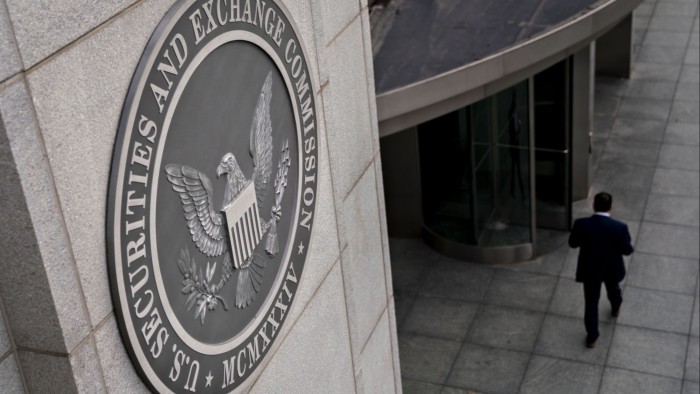Unlock the White House Watch newsletter for free
Your guide to what the 2024 US election means for Washington and the world
For all the market dislocation caused by Donald Trump’s trade war over the past two weeks, things could have been much worse. Ironically, investors — and the Trump administration — may need to thank one of the president’s longtime bogeymen: former Securities and Exchange Commission chair Gary Gensler.
Despite violent swings in asset prices and record trading volumes, there have been few reports of the sort of serious liquidity problems in equity markets that accompanied previous bouts of volatility. Traders say this was in part due to an important change to the back-end of US markets that took effect last year — the shift to so-called T+1 settlement.

Modern trading platforms may give the illusion that trades are instantaneous, but it takes time to actually deliver the securities and exchange cash — expressed as the number, in days, that follows the “T+” in trading lingo.
That doesn’t normally cause a problem, but during the meme stock mania of 2021, extreme price moves forced brokers such as Robinhood to pause some types of trading in popular stocks due to margin calls from their clearing house. Gensler’s SEC responded by forcing US equity and corporate bond markets to settle trades within one day.
Shorter settlement time not only cuts the collateral that traders have to put up, but also reduces the risk that counterparties have disappeared by the time a trade settles. During periods of extended volatility, that fear can lead to a reduction in liquidity that, in turn, leads to even more volatility. When Credit Suisse was circling the drain in 2023, for example, rival investment banks put restrictions on trades with the Swiss bank.
It is hard to definitively measure the impact of the changes — one cannot answer the counterfactual of which company may have run into trouble in a T+2 world. And it is important to stress that there is still plenty of time for something to go wrong. But, so far at least, the industry is pleased with how things have been handled.
Besides the direct benefits of shorter settlement, the years of preparation and investment in new tools may have made participants better at communicating with each other and identifying potential risks before a more serious problem emerges.
There are a few messages to take away from this apparent success. The simplest: the EU, Switzerland and the UK are already working on following suit with moves to T+1 settlement in 2027 — they should push ahead with that without delay.
For the US, however, it may be a reminder for financiers to be careful what they wish for when it comes to regulation. Gensler didn’t invent the notion of faster settlement, but he was key to pushing the project forward in the US, which, in turn, made it inevitable that other major markets would follow.
The prospect of a greatly weakened SEC was a key factor in surging bank share prices immediately following Donald Trump’s US election victory. But the success of T+1 is a reminder that not everything regulators do is designed to hamstring banks.
nicholas.megaw@ft.com


